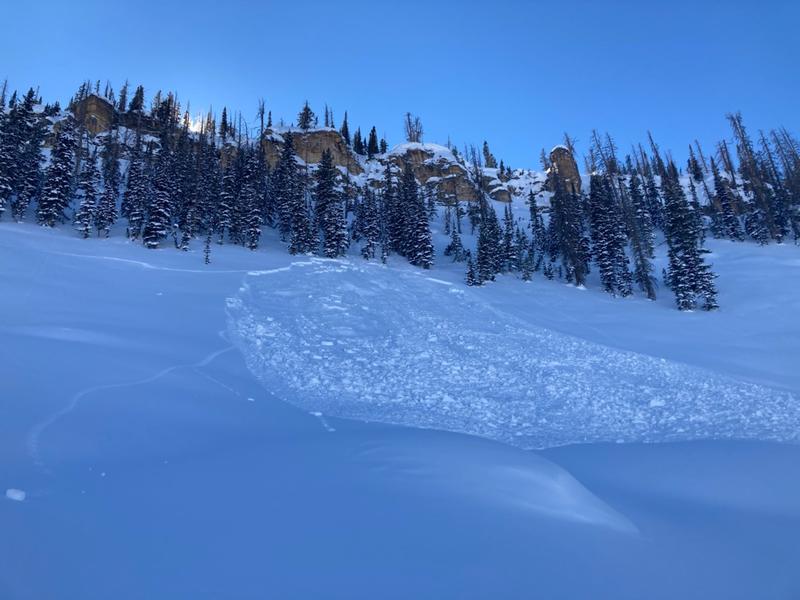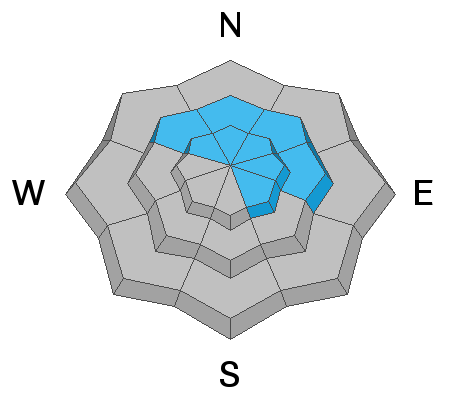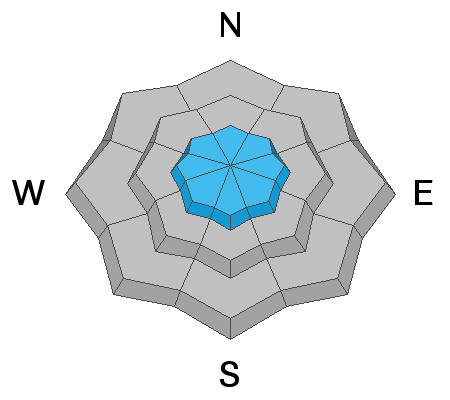Forecast for the Uintas Area Mountains

Issued by Craig Gordon on
Sunday morning, February 27, 2022
Sunday morning, February 27, 2022
MODERATE avalanche danger is found at and above treeline, especially on slopes facing the north half of the compass where fresh wind drifts rest on top of weak, sugary snow. Human triggered avalanches are POSSIBLE and may break deeper and wider than you might expect. Lose the wind and you lose the problem. In terrain where winds haven't drifted snow, especially at mid and lower elevations, the avalanche danger is LOW and human triggered avalanches are UNLIKELY.

Low
Moderate
Considerable
High
Extreme
Learn how to read the forecast here










